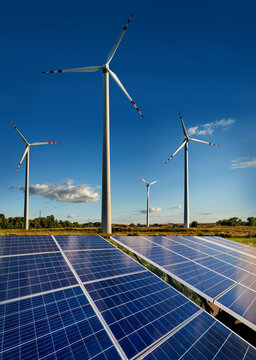
POWER SYSTEMS |
POWER SYSTEMS |
 |
|||||
|
Electrical power is a little bit like the air you breathe: You don't really think about it until it is missing. Power is just "there," meeting your every need, constantly. It's only during a power failure, when you walk into a dark room and instinctively hit the useless light switch that you realize how important power is in your daily life. You use electrical power for heating, cooling, cooking, refrigeration, light, sound, entertainment, computers, mobile devices and maybe even your car. Without power, life as we know it doesn't exist.
An electric power system is a network of electrical components deployed to supply, transfer, and use electric power. An example of a power system is the electrical grid that provides power to homes and industries within an extended area. The electrical grid can be broadly divided into the generators that supply the power, the transmission system that carries the power from the generating centers to the load centers, and the distribution system that feeds the power to nearby homes and industries. A single line diagram helps to represent this whole system. The majority of these systems rely upon three-phase AC power—the standard for large-scale power transmission and distribution across the modern world. Electricity generation is the process of generating electric power from sources of primary energy typically at power stations. Usually this is done with electromechanical generators driven by heat engines or the kinetic energy of water or wind. Other energy sources include solar photovoltaics and geothermal power. Electric power transmission is the bulk movement of electrical energy from a generating site, via a web of interconnected lines, to an electrical substation, from which is connected to the distribution system. This networked system of connections is distinct from the local wiring between high-voltage substations and customers. Because the power is often generated far from where it is consumed, the transmission system can cover great distances. For a given amount of power, transmission efficiency is greater at higher voltages and lower currents. Therefore, voltages are stepped up at the generating station, and stepped down at local substations for distribution to customers. Distribution is the final stage in the delivery of power; it carries electricity from the transmission system to individual consumers. Primary distribution lines carry this medium voltage power to distribution transformers located near the customer's premises. Distribution transformers again lower the voltage to the utilization voltage. Customers demanding a much larger amount of power may be connected directly to the primary distribution level or the subtransmission level. Distribution networks are divided into two types, radial or network. THE MODERN POWER SYSTEM IS ONE OF THE MOST COMPLEX ENGINEETING MACHINES IN EXISTENCE. Its millions of components comprise the full electricity supply chain . Grid conditions are continually changing—every second, every minute, and every hour of the day. Power flows are dynamically changing at all times across the complete power system. The changes that occurred in the electric utility industry in the last 20 years are anything but simple. They introduced incredibly complex problems to solve, involving a lot more players and technology than ever before. But one constant remains and that is the utilities’ mandate of providing a secure and reliable system that is operated efficiently. That means the challenge for operators is to ensure these changing power system operating conditions stay within safe limits in the present and during potential future contingencies as well.
| |
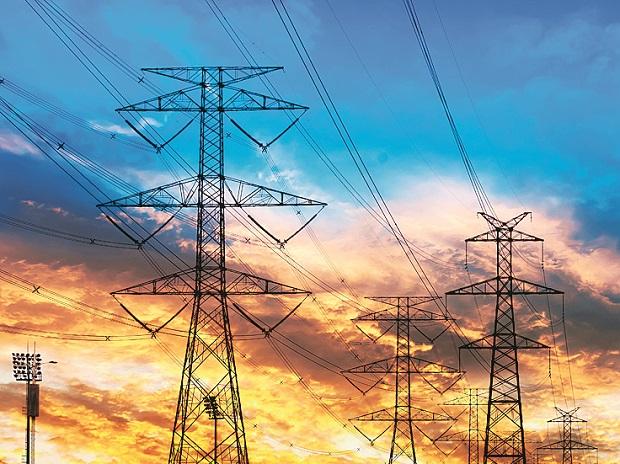 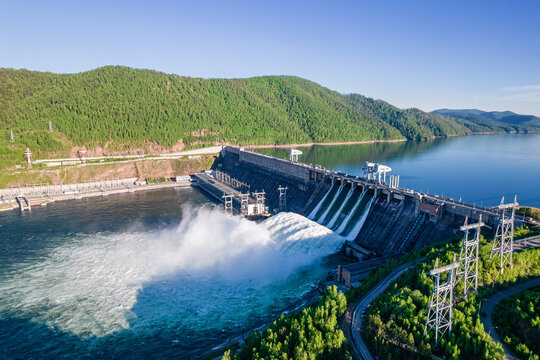 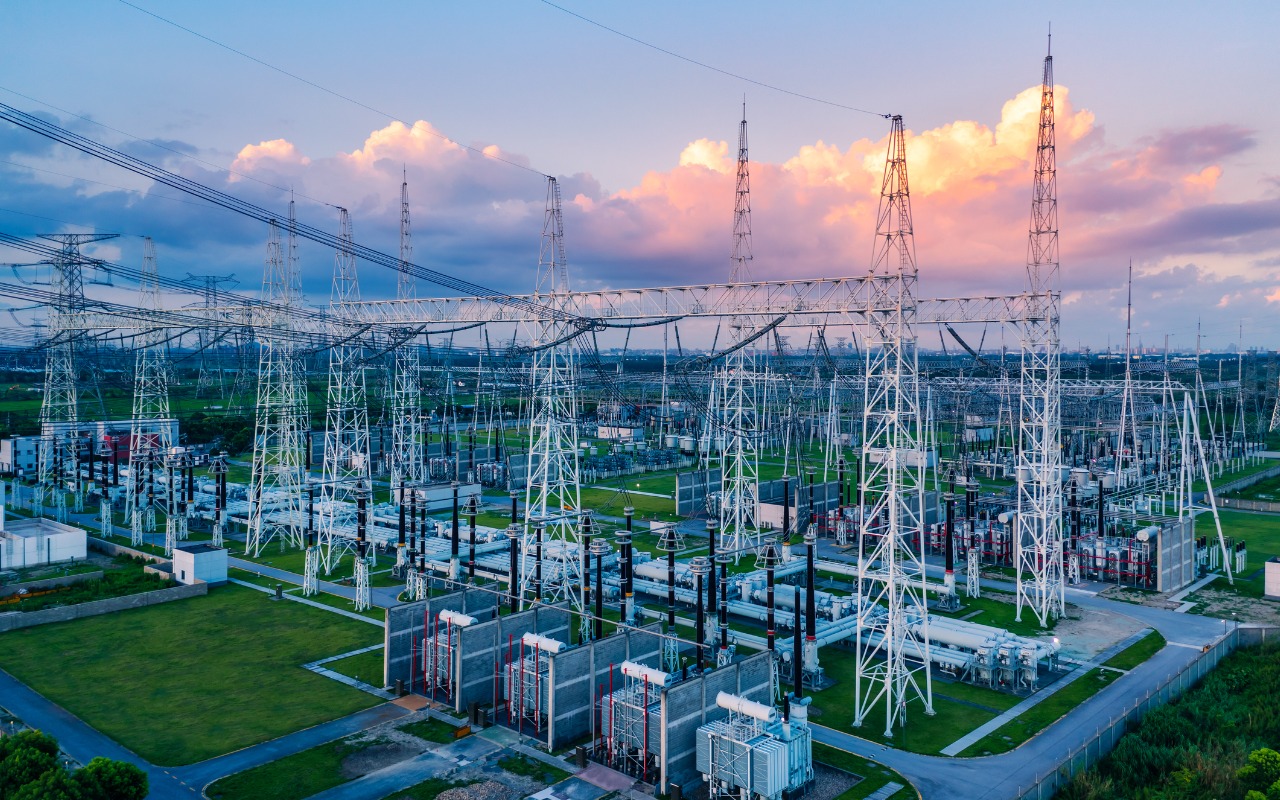 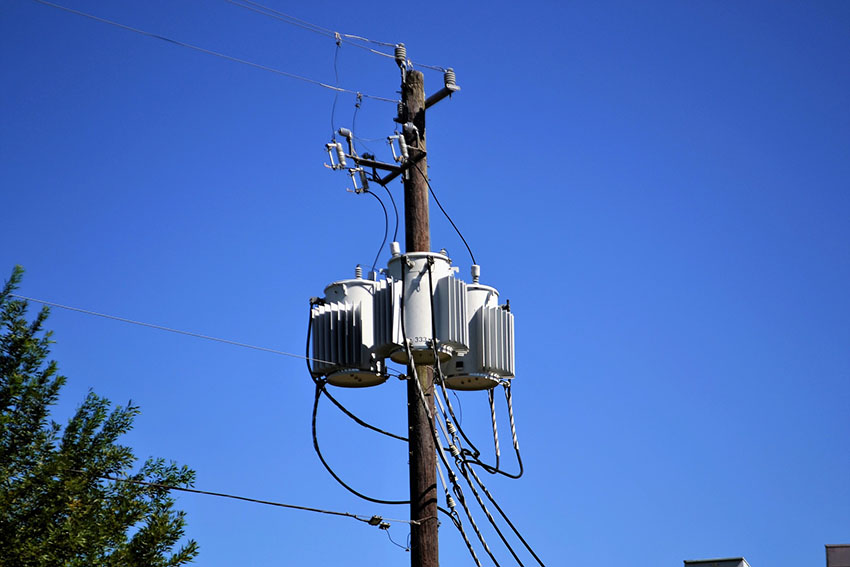 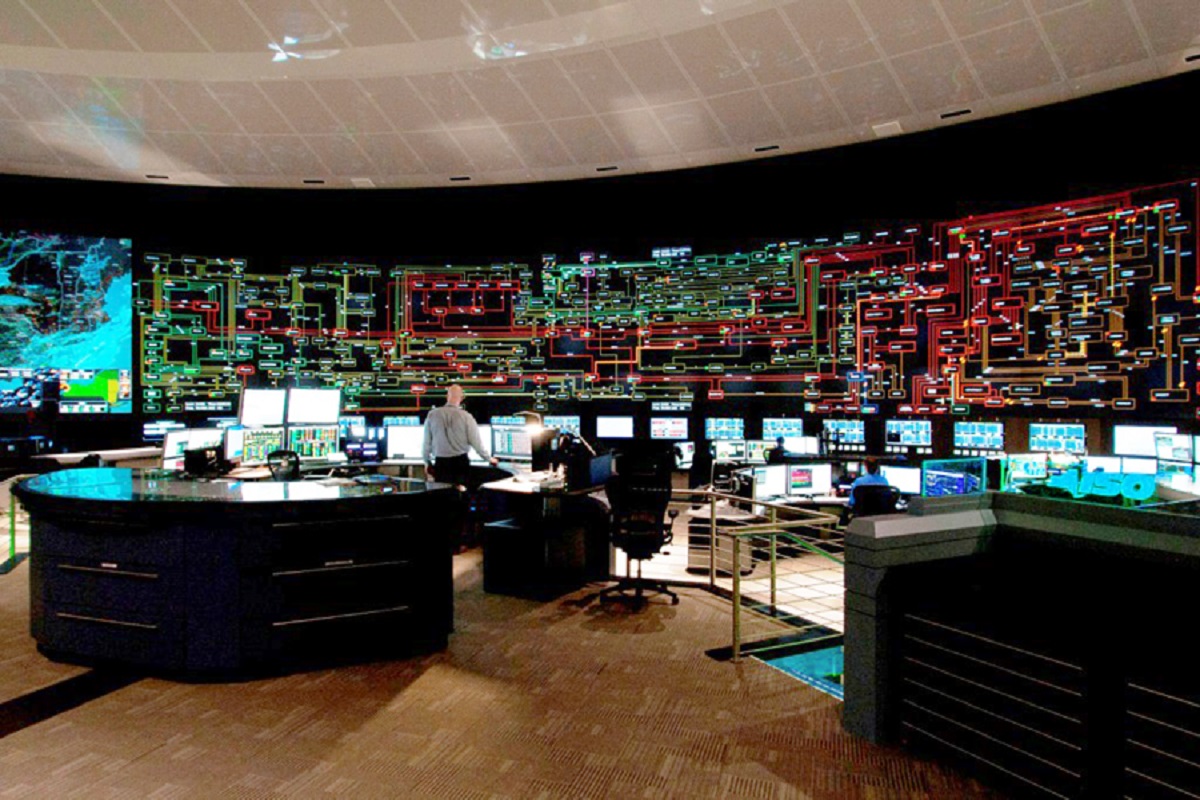 |
